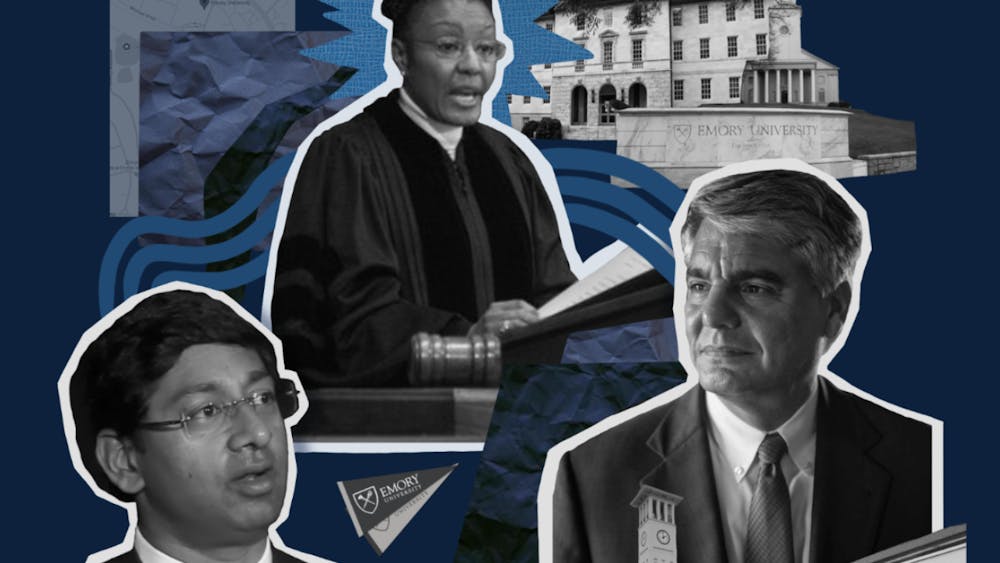“On Tuesday, Jan. 4, 1854, five human beings were auctioned on the front steps of the Dekalb County Courthouse in downtown, Decatur, Georgia. The adult woman Caroline and her infant child were purchased for $911 by James Paden, a local judge and farmer who owned the land that six decades later would become the main campus of Emory University, where we are sitting today.”
Silence came over the room as Mark Auslander, research scholar in the Department of Anthropology at Brandeis University (Mass.), opened his plenary session, “Families Divided: The Human Costs of Enslavement in Emory’s History,” in the Emory Student Center on Sept. 30. The talk was part of the University’s three-day symposium on slavery and dispossession.
Students and academics filled the room to hear from Auslander, who was previously a professor at Oxford College.

“An argument can be made that a primary ideological function of Emory College from its founding onwards was its legitimation and reproduction of the system of chattel slavery as well as native removal,” Auslander said.
Auslander’s discussion followed the lives of people who were enslaved by Emory faculty and staff members. Prominent slave owners included founding University leaders like Bishop John Emory, the University’s namesake and Augustus Longstreet, Emory’s second president, “one of the south’s most ardent and perturbative defenders of slavery,” according to Auslander.
“Slavery is woven into the daily fabric of life in the initial decades at Emory College from its founding in the 1830s until it closed its doors in November 1861 for the duration of The Civil War,” Auslander said. “As we can see, most of the trustees, presidents, officers and faculty were slave owners.”
Emory’s Atlanta Campus is situated on the same land five plantations previously sat on. Additionally, over 80 women and men have been identified as having been enslaved at Oxford College, Auslander said. This information came as a surprise to many students.
“I didn’t know that Emory was founded on literal plantations,” Rachael Obe (23N), who attended the event, said. “[Auslander’s talk] was very informational.”

Auslander said that Emory’s sheer existence is rooted in the division of families of color for the benefit of prominent white members of the University and that the auctioning sale and distribution of many people caused the separation of many families over time.
Despite the rupturing of these families, Auslander said that many were able to reunite with one another “against overwhelming odds” after emancipation.
Many of the descendants of the individuals Auslander mentioned in his presentation were present at the event. Applause filled the room as each descendant was introduced. Sienna Woodyard (23N) said that their presence felt “very important.”
“It was really cool how they actually brought in the descendants and allowed them to stand up,” Woodyard said. “This is our third year here, and they really haven’t said much about anything like this. I think it’s important they’re trying to educate everyone now.”
Auslander’s presentation allowed the audience to conceptualize the history Emory has with slavery and dispossession.
“It was very eye-opening, because I had never really thought about Emory’s history very much,” Sheyenne Reyes (23N) said “It was really different to hear about the historical records and the plantations, but it was all with names that I recognized like Emory and Means. That made it feel a lot more real. That’s something that happened right where we’re standing.”





